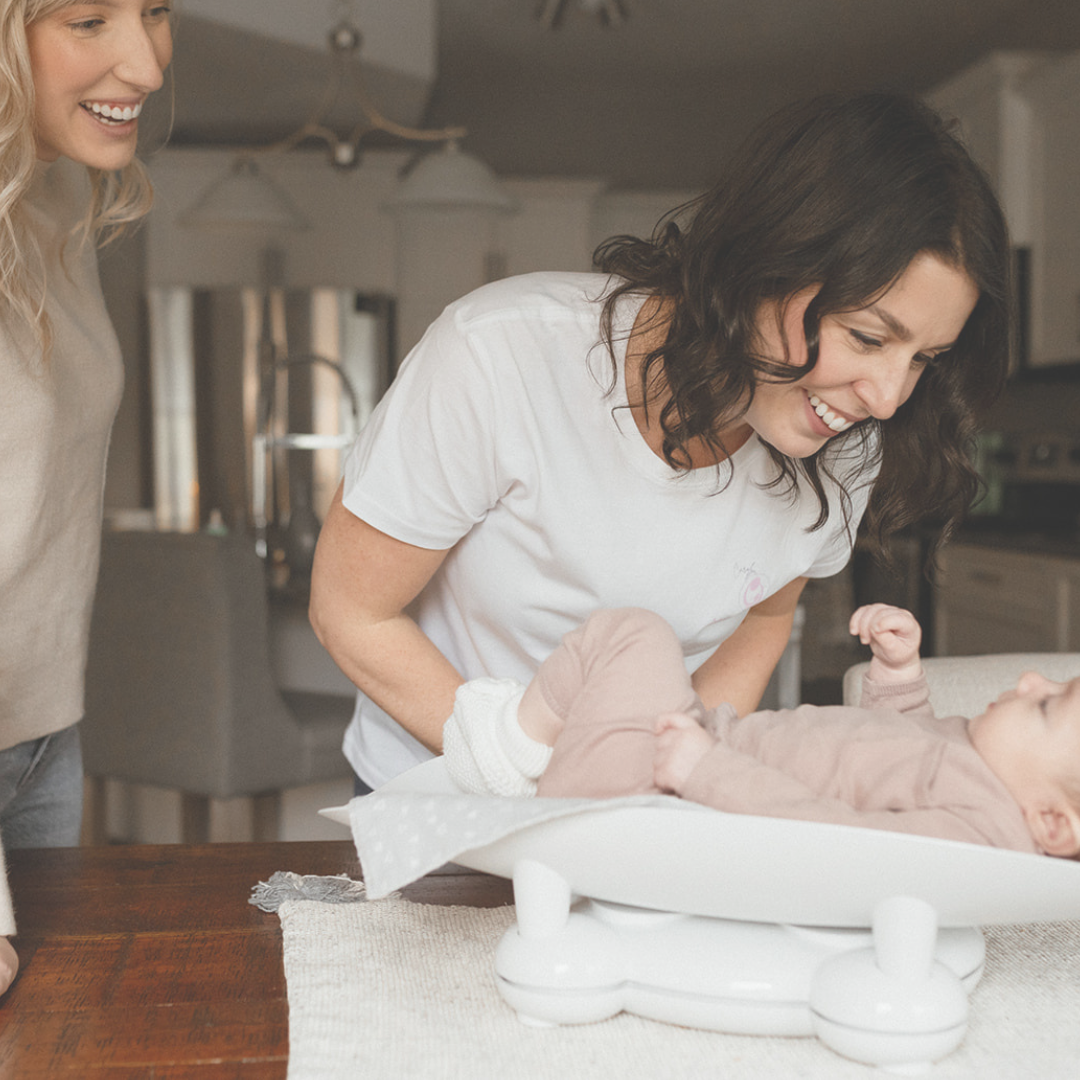There are so many methods to feeding your baby, breastfeeding, formula feeding, combination feeding etc. Exclusive pumping and bottle feeding is the preferred method for some women and families. If you consider this method of feeding your baby, I have one caution for you: it is the most work out of all methods. It involves hours of sterilizing equipment, purchasing, storing and remembering to buy the supplies, hours of pumping, and you still have to feed your baby!

If you do decide to move forward with this method – the best advice I can give you is to get the best quality pump you can. The most efficient one is a double hospital-grade electric pump. Manual pumps or hand expression are not recommended for this amount of pumping. Hospital-grade breast pumps have the most functions, the greatest amount of related equipment (flanges etc.) and are the best choice for someone doing more than the occasional pumping session.
Hospital-grade pumps can be purchased or rented. Many of the larger companies offer renting directly from them. If you rent a hospital-grade pump, they are cleaned in-between renters, but you are required to purchase a pump kit that is specific to you. The pump kit is the only thing that comes into contact with your breast milk. If you have private health insurance, you may want to call them to explore whether you have coverage for this type of medical device and if you require a doctor’s prescription for this.
A few examples of hospital grade pumps are:
Medela’s Symphony Double Electric Pump
Ameda’s Mya Joy Hospital Strength Portable Electric Breast Pump
There are many pumps on the market – including some that state they are “comparable” to hospital-grade. Depending on your lifestyle, a wearable pump may work better for you. An example would be the Willow Wearable Breast Pump. Note: This may not be available in your area, as their website does not ship internationally, but you may find it at other stores in Canada.

The next best advice I can give you once you have your equipment is to Prepare for your pumping session. Just like you would for a breastfeeding session or formula feed – you need to get ready for your pump to get the most milk you can.
Some quick tips that can increase your supply:
- If you can, being skin-to-skin with your infant before or during the session will increase your oxytocin levels that will contract muscle cells in your breast to release more breastmilk.
- Heat has been proven to help increase pumping volumes. A warm shower or heating pad before pumping may be helpful.
- Make sure you have the correct flange size for your breast. Your breasts may need two different sizes, and your flange size can change throughout your pumping journey. If your flange is too big or too small, it will decrease the amount of breastmilk you can get and long term; it can affect your milk supply.
- Lubricate that flange. Think of how a baby normally feeds by breast – their salvia lubricates your nipple, and your nipple has natural lubricating properties to decrease friction. If you don’t lubricate that flange, you are setting yourself up for a dry rub. Over and over and over again (ouch!). You can safely use breastmilk, lanolin, or a drop of coconut/olive oil.
- Make sure you use your pump settings effectively. We want to mimic as closely as we can a natural breastfeed to get the most milk. That means we need to start fast and shallow, and then change to longer, deeper “sucks” to get the most milk. Pumping should never hurt – if the suction is uncomfortable at the level you are trying, turn it down!
If this feeding method is on your list to learn more about – check out my events schedule for a pumping, bottles and formula workshop to learn more about pumping. Or Contact me to help you in the postpartum period with virtual or in-home feeding support! I’m here to help you feed your baby!



